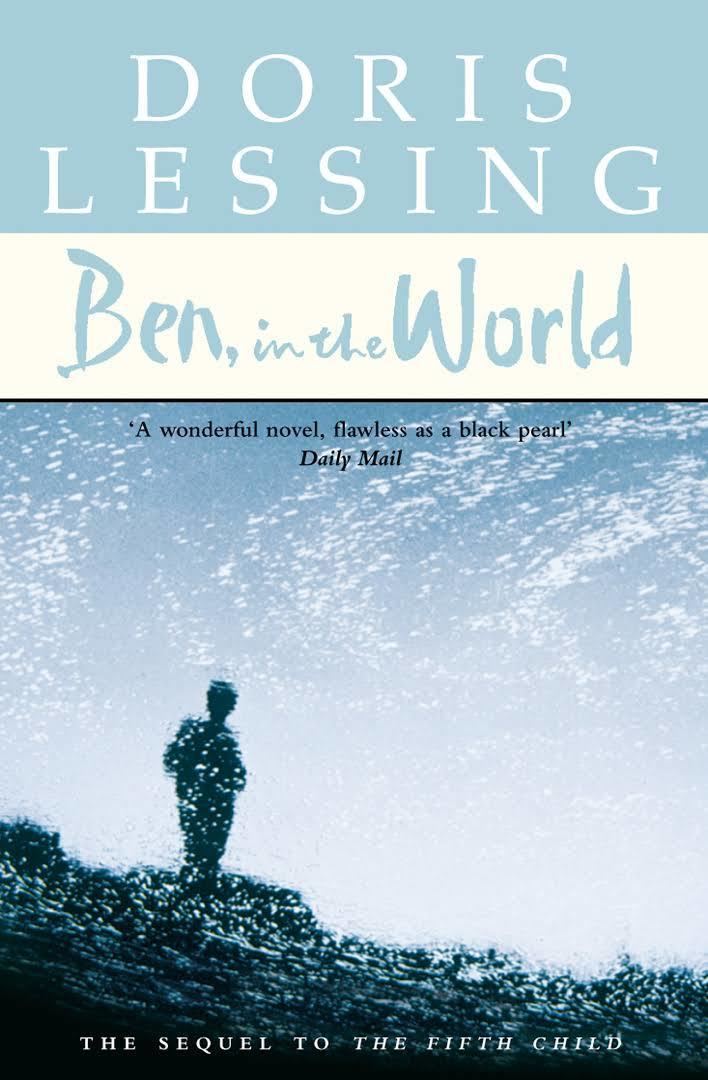Country United Kingdom Publication date 2000 ISBN 0-06-019628-9 | Language English Pages 178 Originally published 2000 Page count 178 | |
 | ||
Genres Fiction, Speculative fiction Similar Doris Lessing books, Fiction books | ||
Ben, in the World is a novel written by Doris Lessing, published in 2000, in which she stages a parody of the 'objectivity' of the narrator's voice. The story delves into the life of Ben Lovatt following the events of the first book dedicated to this character, The Fifth Child.
Contents
Plot
Ben, in the World takes place a number of years after the events in The Fifth Child. Ben Lovatt, now eighteen, lives with an elderly woman in Mimosa House. When it comes to the point that the elderly woman can no longer take care of him, Ben sets out to find his place in the world. Knowing he would not be welcomed back by his family (and not wanting anything to do with them), he goes off on his own, first around England, then to southern France, Brazil, and finally to the Andes Mountains.
Characters
Reception
In his review for The New York Times, Michael Pye said the book "lets you see things as Ben sees them, as you have not seen things before. The book shares that uncanny effect with the best fiction." In her analysis of Lessing's experimental comments on literary genre, Susan Watkins argues that by exaggerating the picaresque, Lessing forces her readers "to ask a series of questions about the meaning of the distinction between the animal and the human." Watson finds that Ben is "a marginal figure, critical of society but unable to find a place outside it", like a picaro hero. Lessing uses the figure of Ben "as a way to comment on a society experiencing intense social upheaval." While the traditional picaro is a semi-outsider, Ben is much more isolated. Furthermore, it is far more in doubt if he is able "to survive by his wits and turn a series of exploitative situations to his advantage (another feature of the genre)." Watkins observes that in Ben, in the World prolepsis is used to a humorous effect by which the 'objectivity' of the narrator's voice is being parodied. The device of omniscience is exaggerated so that the reader is made to see how naive it is to believe in what the narrator relates. Another effect of this is, according to Watson, that the reliability of perception is questioned and that any 'commons sense' judgments about Ben's alleged difference from others are called into doubt.
By its depicting an outsider, Ben, in the World has recently been seen as comparable to Bartleby, the Scrivener (1853) by Herman Melville, to The Metamorphosis (1912) by Franz Kafka, to The Stranger (1942) by Albert Camus, to Nineteen Eighty-Four (1949) by George Orwell, to The Bluest Eye (1970) by Toni Morrison, and to Unaccustomed Earth (2008) by Jhumpa Lahiri.
